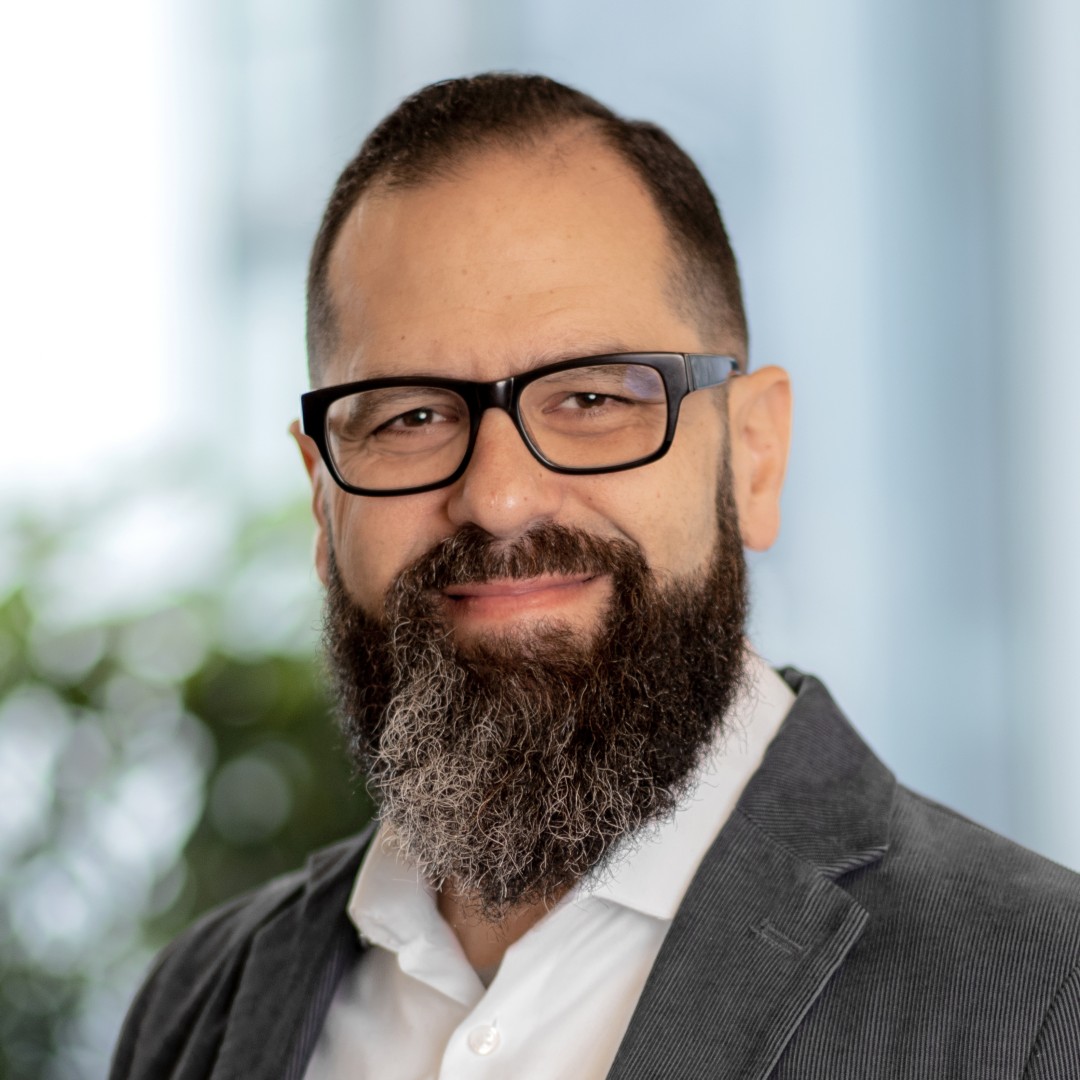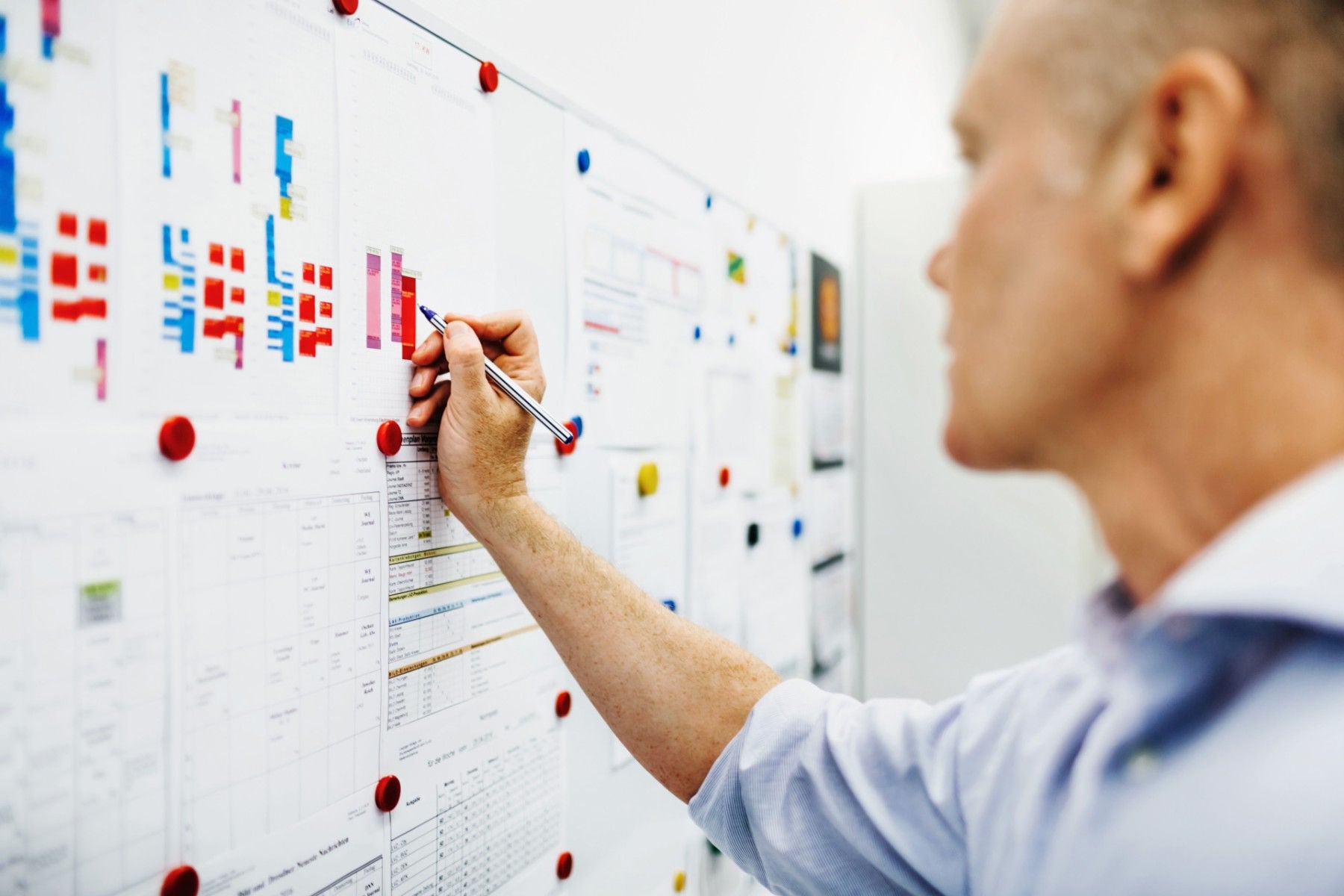EY refers to the global organization, and may refer to one or more, of the member firms of Ernst & Young Global Limited, each of which is a separate legal entity. Ernst & Young Global Limited, a UK company limited by guarantee, does not provide services to clients.
How EY can help
-
The EY Customer Experience solution can help your business integrate CX programs that help deliver sustainable long-term value. Discover more.
Read more
This is the design thinking process according to the Stanford d. School.
Note that creating a prototype is a relatively late-stage step in the process, which some people find surprising. Many people and companies come to the table thinking they know exactly what they want to make. This can be dangerous, because they may be going off of the wrong information or making the wrong assumptions about their products’ or services’ users.
For example, do you need an app that sells your products because you think the client is looking for a way to buy your product on their mobile phone, or because you think it might be another revenue stream for your company? As you can see, one is taking what a user wants into consideration, while another is merely concerned with the business. With design thinking, the user always comes first.
In this case, there are a few things to do before you begin to develop an app. It may be that mobile purchases are an important feature to consider. But with design thinking, you need to talk to your users first. Start by asking questions to find out who the users are and what needs they have and the motivations behind them. How many, for example, shop using mobile devices? And what type of mobile devices do they use? You might also want to consult outside data or professionals. Are people buying your particular product on mobile, or do they prefer an in-person purchase — and if so, why? Answers to these questions will dictate everything from what platform to build on to what features the app needs to serve a user’s requirements.
When do I use them?
User stories are written throughout the agile project. However, the businessaAnalyst assigned to the project should produce user stories in the discovery phase. After the discovery phase, everyone on the team will then participate to create a product backlog of user stories. This backlog will fully describe the functionality to be added over the course of the project. In an agile project, new stories can be written and added to the product backlog at any time, by anyone.







